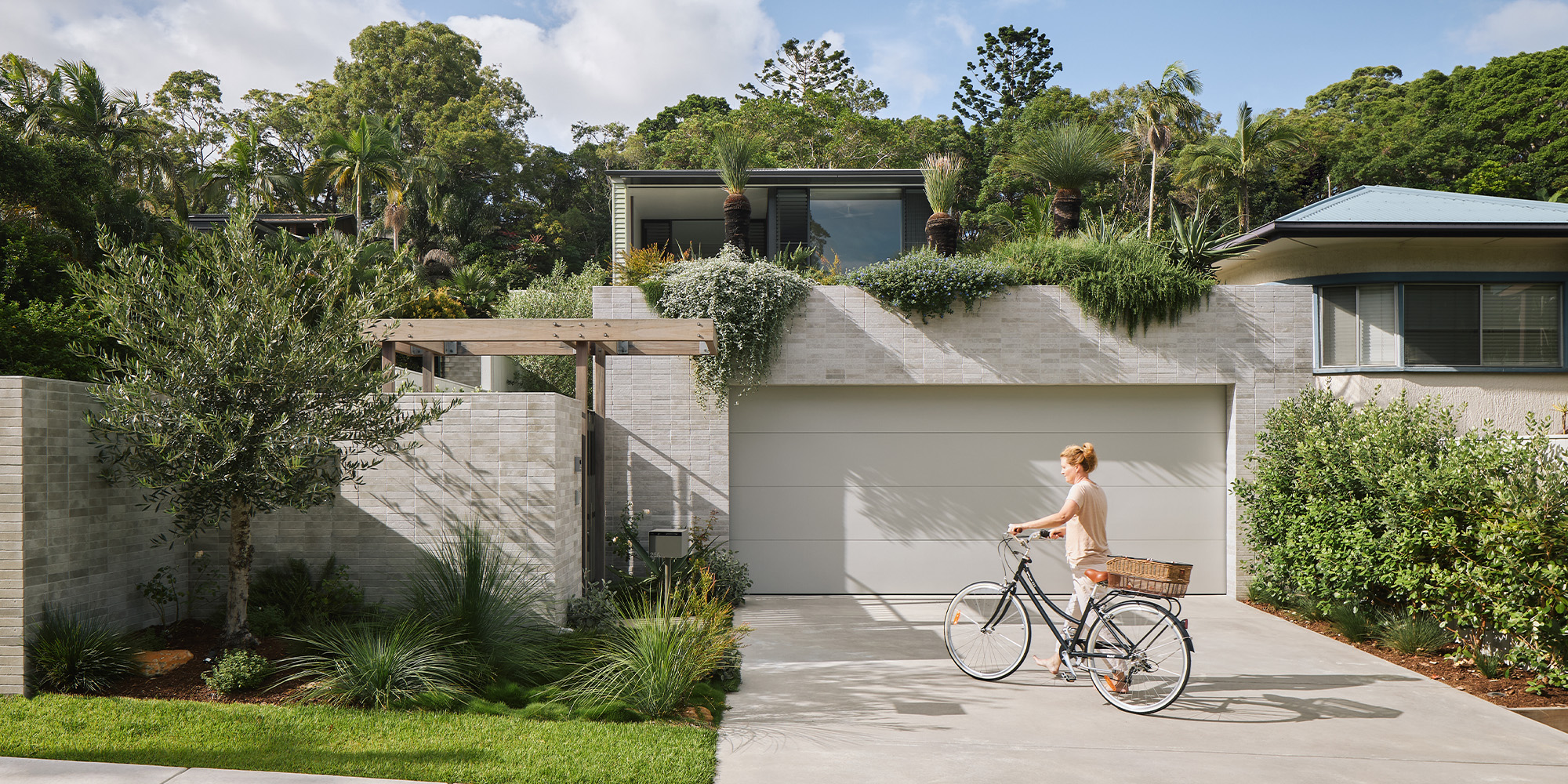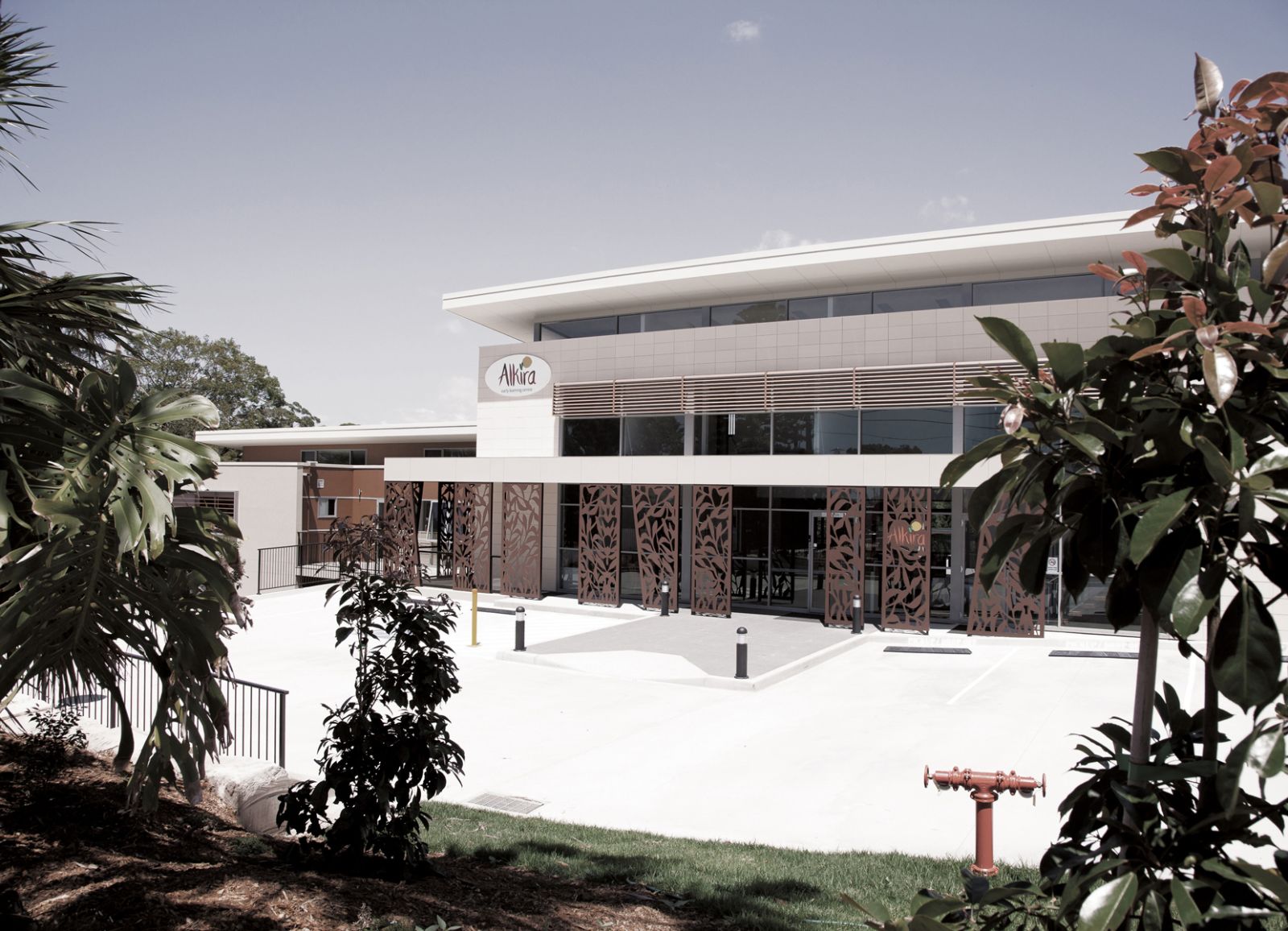Residential Architecture Homes Designed for Comfort, Aesthetics, and Functionality
Top Fads in Residential Style You Ought To Learn About
As residential architecture continues to advance, a number of engaging trends are forming the method we make and inhabit our living areas. Key advancements such as lasting structure techniques, the assimilation of smart home technology, and the surge of modular homes underscore a significant change towards both performance and ecological responsibility. Furthermore, principles like open plan living and biophilic layout are redefining our communication with space and nature. Recognizing these fads not just informs layout selections yet likewise discloses wider effects for way of living and area - residential house architect. What might these technologies indicate for the future of domestic living?
Lasting Building Practices
A boosting number of residential tasks are embracing lasting structure techniques, driven by an expanding awareness of ecological effect and energy effectiveness. This shift is characterized by the assimilation of environmentally friendly products, energy-efficient designs, and ingenious building and construction methods. Home owners and builders are progressively prioritizing making use of renewable resources, such as bamboo and recycled metals, which not only minimize the carbon footprint yet additionally enhance the toughness and aesthetic allure of residential properties.
Integrating energy-efficient systems is one more important aspect of lasting building - residential house architect. Functions such as high-performance insulation, energy-efficient windows, and photovoltaic panels are becoming requirement in brand-new household layouts. These aspects not only add to reduced power intake yet additionally offer significant long-term cost savings for home owners
Furthermore, the format of sustainable homes usually emphasizes all-natural light and ventilation, decreasing the dependence on synthetic lighting and environment control systems. Landscaping techniques, such as xeriscaping, additional promote sustainability by minimizing water usage.
As the demand for sustainable living services remains to climb, the domestic style market is poised to adjust and introduce, ensuring that future homes are not just ecologically accountable yet additionally comfy and useful for their residents. - residential house architect
Smart Home Modern Technology
Smart home innovation is changing the way homeowners interact with their home, boosting security, energy, and convenience monitoring. This ingenious strategy integrates various devices and systems, allowing users to regulate their homes remotely or with automated processes. Central to this pattern is the use of smart gadgets such as thermostats, lighting, safety video cameras, and home appliances, all attached via the Internet of Things (IoT)
One of one of the most appealing functions of wise home technology is the capacity to customize settings for ideal power efficiency. Property owners can keep an eye on power usage and change lighting, air conditioning, and heating based on their routines, dramatically reducing utility costs. In addition, sophisticated safety and security systems furnished with smart locks and monitoring cams offer satisfaction, allowing remote surveillance and alerts to prospective safety and security violations.
Integration with voice-activated assistants boosts individual experience, permitting house owners to manage tools with easy voice commands. As technology remains to advance, the possibility for wise home systems to boost quality of life expands, making them a necessary consideration in modern-day household style. Inevitably, smart home innovation is not just a fad yet a fundamental shift towards a lot more intelligent living settings.
Open Idea Living
Open up concept living has actually become a defining function in contemporary residential architecture, identified by the removal of traditional obstacles between rooms. This design approach promotes fluidity and connection within the home, permitting a seamless shift in between areas such as the kitchen, dining, and living rooms. By eliminating wall surfaces and dividers, open principle layouts create a feeling of spaciousness, cultivating an inviting atmosphere that boosts social communication.

Moreover, this strategy to domestic layout lines up with minimalism, focusing on useful simplicity and visual comprehensibility. House owners value the adaptability of these designs, which can be quickly adapted to mirror individual design via furnishings arrangement and decor. As open concept living remains to obtain grip, it continues to be a testament to developing household characteristics and the desire for homes that improve connection and convenience.
Biophilic Design
Biophilic layout has actually become significantly considerable in property design, stressing the innate connection between humans and nature. This design approach seeks to incorporate natural environments right into living rooms, therefore promoting a sense of wellness and enhancing the lifestyle for passengers. By integrating features such as all-natural light, plants, and organic materials, biophilic design promotes an unified connection in between indoor settings and the environment.
Key components of biophilic layout consist of large windows that give unblocked sights of exterior landscapes, living wall surfaces that present greenery right into interiors, and open layout that encourage airflow and all-natural light infiltration. Water features, both within and outside the home, offer to create calming like this atmospheres and improve sensory experiences.
Furthermore, the use of lasting products not just sustains environmental stewardship yet additionally adds to healthier indoor air top quality. As recognition of environmental problems rises, property owners are increasingly focusing on designs that mirror their link to nature. Essentially, biophilic layout not just elevates aesthetic allure yet also addresses psychological and emotional needs, making it an important pattern in modern household architecture.
Modular and Prefab Houses

Moreover, modular and prefab homes are developed with sustainability in mind. Many producers use energy-efficient systems and eco-friendly materials, such as photovoltaic panels and progressed insulation techniques, adding to reduced power consumption and reduced utility expenses for home owners. The versatility of design options permits personalization, catering to varied aesthetic choices and functional demands.
As the need for cost effective housing proceeds to climb, prefab and modular homes provide a viable solution, resolving both financial and ecological challenges. Neighborhoods are progressively recognizing the capacity of these frameworks, incorporating them right into country and city setups. Overall, the fad click here to find out more towards modular and prefab homes signifies a change toward a lot more lasting, reliable, and adaptable living atmospheres, making them a crucial facet of modern property architecture.
Verdict
In verdict, the developing landscape of domestic architecture showcases significant patterns that prioritize sustainability, modern technology, and well-being. Sustainable building practices and clever home technologies enhance efficiency and benefit, while open principle living and biophilic style foster social communication and a link to nature. The rise of modular and prefab homes supplies customizable and budget-friendly solutions, reflecting a broader shift in the direction of practical and responsible living. These fads jointly highlight a commitment to creating cutting-edge and unified household environments.
Secret advancements such as sustainable structure techniques, the combination of wise home technology, and the surge of modular homes highlight a considerable shift towards both site here performance and environmental duty.The rise of modular and prefab homes has transformed the property design landscape, offering innovative services for reliable and lasting living.Moreover, prefab and modular homes are created with sustainability in mind. On the whole, the pattern toward prefab and modular homes symbolizes a change towards more lasting, reliable, and versatile living settings, making them a pivotal element of contemporary property design.
Lasting building practices and smart home technologies boost performance and benefit, while open principle living and biophilic layout foster social communication and a connection to nature.